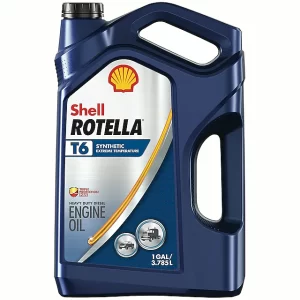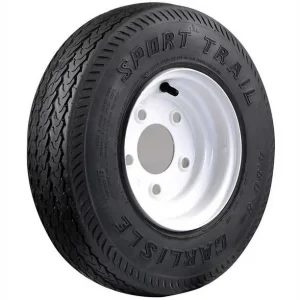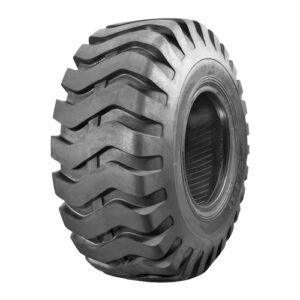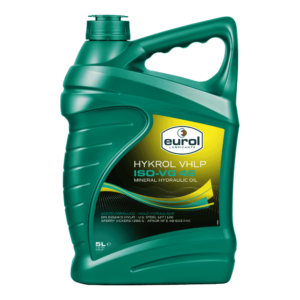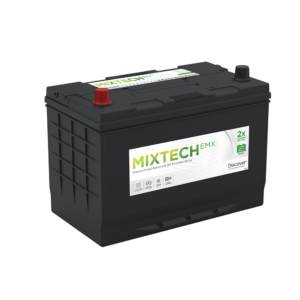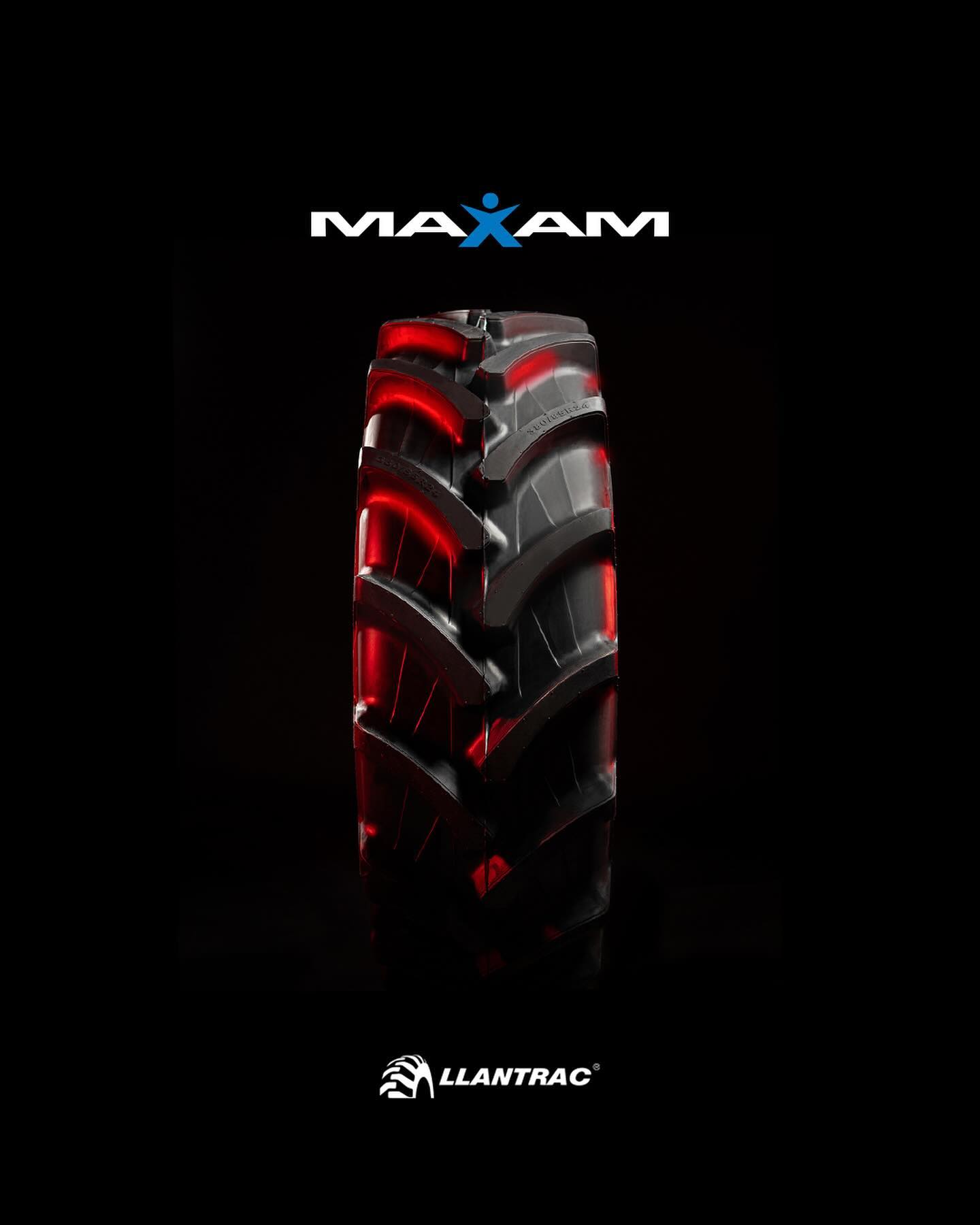Select a vehicle to find exact fit parts
Select Year
Select Brand
Select Model
Select Classification
Or
Purchase Tires Online and Enjoy Local Fitting Services
-
Free ShippingFor orders from Kes 5000
-
Support 24/7Call us anytime
-
100% SafetyOnly secure payments
-
Hot OffersDiscounts up to 90%
Featured Products
-
SKU: 2094654521590Rated 0 out of 575.40$ Inc. VAT
-
SKU: 2061251583160Rated 0 out of 529.57$ Inc. VAT
-
254.66$ Inc. VAT
-
145.82$ Inc. VAT
-
SKU: 2041228981120
Pirelli CintuRato P7 Radial Tire – 205/55R16 91W
EAN: 4240000053330Rated 0 out of 5119.85$ Inc. VAT
-
SKU: 2062844726094
FREE COUNTRY Premium ATV Tires 25×10-12 8PR w/Side Scuff Guard
EAN: 5190000053351Rated 0 out of 5669.04$ Inc. VAT
-
SKU: 2037405833283
Venom Power Terra Hunter X/T XT All-Terrain Mud Light Truck Radial Tires-33X12.50R20LT 119R
EAN: 3680000053373Rated 0 out of 51,102.51$ Inc. VAT
-
139.98$ Inc. VAT
Attention! Deal Zone
Hurry up! Discounts up to 70%
00
Days
00
Hrs
00
Mins
00
Secs

-
95.05$
126.51$Inc. VAT
-
62.38$
76.35$Inc. VAT
-
SKU: 2087261814186Rated 0 out of 5421.67$
435.18$Inc. VAT
-
1,811.19$
1,824.71$Inc. VAT
-
1,187.66$
1,194.84$Inc. VAT
-
213.77$
229.04$Inc. VAT
-
SKU: 2053898182752Rated 0 out of 5136.59$
167.96$Inc. VAT
-
SKU: 2034235717479Rated 0 out of 5136.59$
167.96$Inc. VAT
-
8.02$ Inc. VAT
-
4.28$ Inc. VAT
-
21.00$
32.07$Inc. VAT
-
12.83$
21.38$Inc. VAT
-
99.25$
160.33$Inc. VAT
-
99.25$
160.33$Inc. VAT
-
Rated 0 out of 521.00$ – 713.85$ Inc. VATSelect options This product has multiple variants. The options may be chosen on the product page
-
Rated 0 out of 519.70$ – 714.46$ Inc. VATSelect options This product has multiple variants. The options may be chosen on the product page
-
Rated 0 out of 519.70$ – 701.48$ Inc. VATSelect options This product has multiple variants. The options may be chosen on the product page
-
Rated 0 out of 55.80$ – 805.47$ Inc. VATSelect options This product has multiple variants. The options may be chosen on the product page
-
67.49$ Inc. VAT
-
149.64$ Inc. VAT
-
779.70$ Inc. VAT
-
SKU: 2040672076253
Start Stop AGM Battery VARTA ProMotive AGM 710 901 120 210Ah 1200 (CCA)
EAN: 4016987152980Rated 0 out of 51,603.30$ Inc. VAT
-
319.59$
480.99$Inc. VAT
-
245.50$ Inc. VAT
-
239.02$ Inc. VAT
-
232.56$ Inc. VAT
-
251.94$ Inc. VAT
-
220.12$ Inc. VAT
-
95.05$
126.51$Inc. VAT
-
62.38$
76.35$Inc. VAT
-
SKU: 2087261814186Rated 0 out of 5421.67$
435.18$Inc. VAT
-
1,811.19$
1,824.71$Inc. VAT
-
1,187.66$
1,194.84$Inc. VAT
-
213.77$
229.04$Inc. VAT
-
SKU: 2053898182752Rated 0 out of 5136.59$
167.96$Inc. VAT
-
SKU: 2034235717479Rated 0 out of 5136.59$
167.96$Inc. VAT
-
SKU: 2025820516713Rated 0 out of 5130.71$
167.96$Inc. VAT
-
SKU: 2048468162289Rated 0 out of 5130.71$
167.96$Inc. VAT
Top Rated Products
-
FLAMINGO Chrome Spray Paint
EAN: 3560000172154Rated 5.00 out of 5 based on 1 customer rating6.41$ Inc. VAT -
FLAMINGO Long Life Coolant – Green 4Ltr
EAN: 4000000171881Rated 4.00 out of 5 based on 1 customer rating17.10$ Inc. VAT
Special Offers
-
Rated 0 out of 595.05$
126.51$Inc. VAT -
Rated 0 out of 562.38$
76.35$Inc. VAT -
Rated 0 out of 5421.67$
435.18$Inc. VAT
Bestsellers
-
Hankook Ventus V12 evo2 (K120) 285/35 ZR19 XL 103Y
EAN: 4440000053808Rated 0 out of 5291.06$ Inc. VAT
EXCELLENTTrustindex verifies that the original source of the review is Google. Trustindex verifies that the original source of the review is Google.

